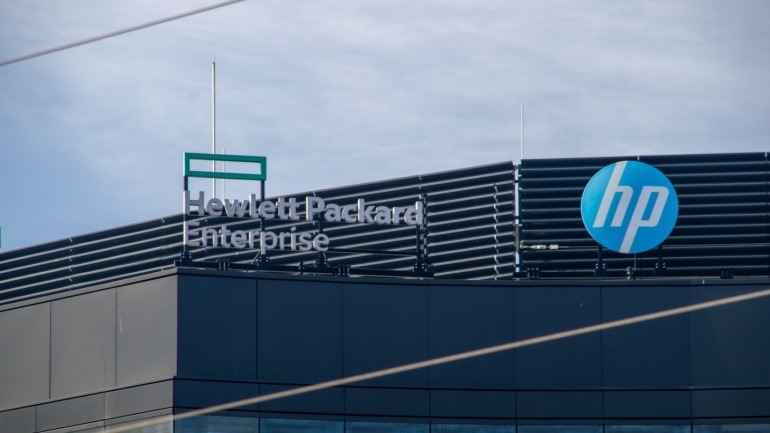The EU has released its debut annual State of the Digital Decade report. The document underlines a dire need for an increased level of investment to achieve the end-of-decade technology objectives set by the bloc. Viewed as a call to action to member states, the report urges collective efforts to bridge the prevalent investment gaps, joyously inviting a hasty digital transformation in all corners of Europe, and above all, pushing the bloc to attain the aims of the Digital Decade Policy Programme (DDPP).
Though the report has simply touched upon several topics without delving into the details, it has provided insights into specific sectors such as connectivity. Reiterating its goal of achieving complete gigabit coverage and introducing 5G networks in all populated areas by 2030, the report identifies the current coverage of fiber networks at a mere 56% of households. While 5G covers 81% of the population, its reach dwindles significantly to just 51% in rural areas.
This report points out how 5G‘s deployment has been dragging its feet, falling short of matching the quality assumed by end-users and industrial requirements. The data from the Global mobile Suppliers Association (GSA) provides a similar picture, showing a sluggish trend of 5G standalone network activations happening worldwide, with Europe evidently not ahead of the curve.
The report emphasizes the fact that an additional investment of at least €200 billion is vital to achieving the proposed gigabit and 5G coverage goals. Encouraging countries to assess their own coverage gaps and consider funding avenues to supplement private investment is necessary, particularly in areas where commercial viability is questionable.
Drawing attention to other areas such as digital sovereignty, digital skills, and the digitalization of businesses and public services, the report warns of detrimental consequences if these targets are not achieved.
Highlighting a pivotal point, the report reminded us of the EU’s earlier aim of doubling its market share in the semiconductor sector by 2030. Therefore calling on member states to boost national policies and investments to spark domestic chip design and manufacturing capabilities. However, given the slow pace of progress, it is possible the EU may have to recalibrate this aim.
Eu’s Internal Market Commissioner Thierry Breton, stated, “The message from our first Digital Decade report is clear: we need to accelerate our efforts to reach our targets by 2030.” It is evident the EU is eager to cling to its 2030 objectives. That said, there is a shadow of doubt. The ball is now in the member states’ court.







